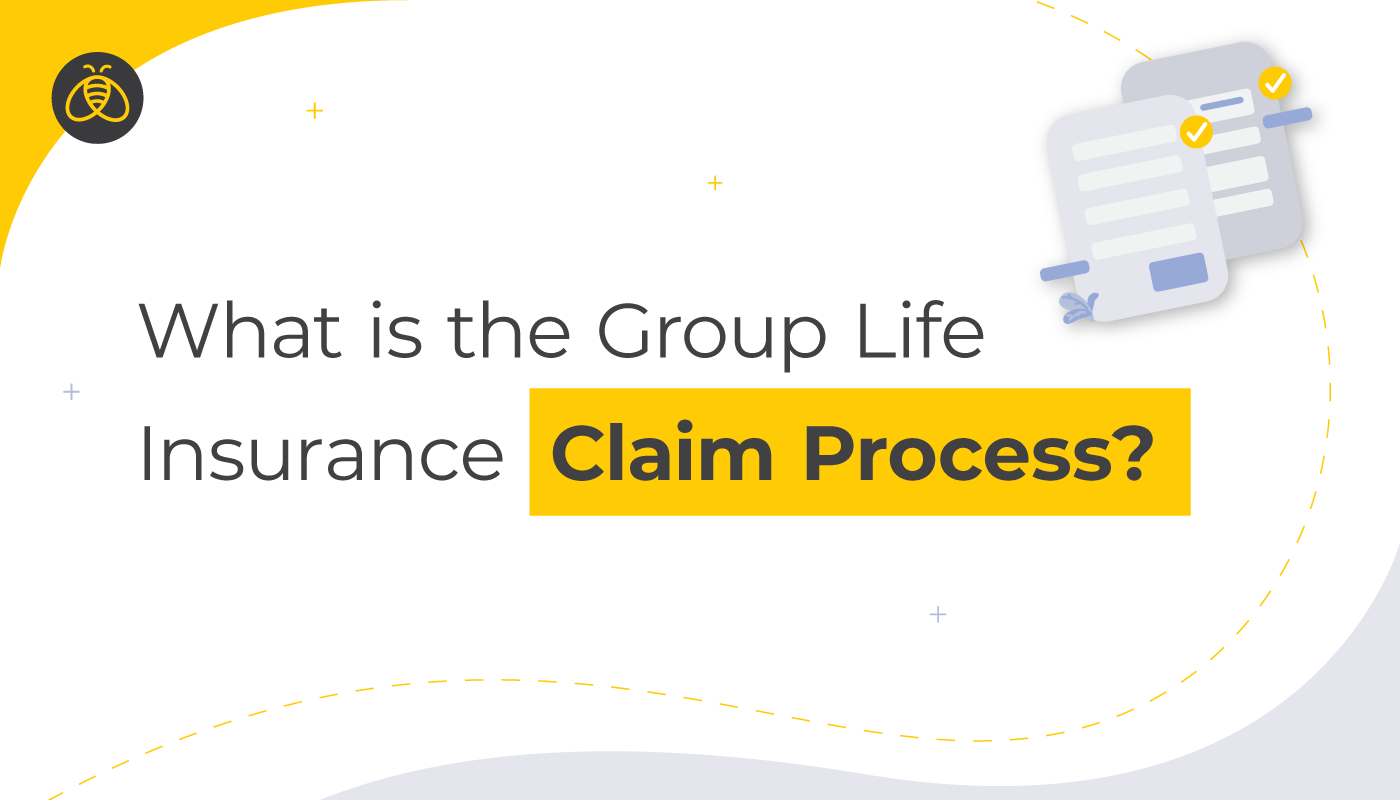What is the Group Life Insurance Claim Process?
By: Benefits by Design | Tuesday November 1, 2022

A life insurance claim is something that people don’t often think about until the need arises, and for good reason. So, when a life claim is required, what is the process?
Group Life Insurance Claim Process
The actual process for making a life insurance claim is not complicated. The circumstances of the claim are what make them so delicate.
Step 1.
When an employee passes away, the family should notify their loved one’s place of work.
Step 2.
The employer will notify the insurer or third-party administrator (TPA) of the employee’s passing.
Step 3.
The insurer will request a claim form be completed and submitted by the beneficiary. The beneficiary is the designated person the employee indicated on their group insurance application form (more on that below).
Depending on the amount of the life insurance benefit, some insurers will simply require specific information, including, but not limited to:
- Employee’s last day of work
- Beneficiary contact information (phone, address and email address) & SIN number (except for minors)
- Date of Death
- Cause of Death
- Obituary or funeral home name and contact information.
Step 4.
Once this information is received, or the life insurance claim form is submitted, the insurer will verify the details. This is achieved by confirming the beneficiary is legitimate, as well as confirming the details of the employee’s death.
Step 5.
The insurer will send a cheque to the named beneficiary. This can sometimes take as little as 1-2 weeks. The insurer will be able to provide more accurate details on the claims processing timelines once they receive all the required information and paperwork.
Living Assistance Benefit
Sometimes receiving the life insurance benefit after the passing of a loved one is too little, too late. Employees diagnosed with a terminal illness may need financial assistance while they are in palliative care.
If a covered person is diagnosed with a terminal illness with a life-expectancy of 12 months or less, they can apply for the Living Assistance Benefit.* They must also be disabled and unable to work for a minimum of 6 months to be eligible to apply.
This benefit provides up to 50% of the life insurance claim amount, up to a specified maximum. This allows them to use these funds to ease end-of-life monetary burdens. Rather than the family going into debt to afford treatment, they can use the living assistance benefit instead.
When their loved one does pass away, the beneficiary then receives the rest of the benefit amount.
*always confirm the specifics, different insurers and policies may offer different limits or maximums, and some may not offer the living assistance benefit at all.
Beneficiary Information
The designated beneficiary is often-times the employee’s spouse or parents, or a combination of these. However, there are times when the designation can be slightly complicated.
What happens if there is no trustee appointed?
Beneficiaries who are under 18 are not able to make the life insurance claim themselves. If an employee appoints a child under the age of majority as their beneficiary, they must also appoint a Trustee. This is someone who acts as the administrator of the funds until the person is old enough to receive the benefit themselves.
Side note – the Trustee cannot be the employee. We hope this is for obvious reasons, but to clarify: If the employee passes away, they will not be able to manage funds for their underage beneficiary.
What happens if there is no named beneficiary?
If the employee has not indicated a beneficiary, the life insurance benefit will go to their “estate”. This is not the most ideal scenario, since these funds are taxed more. And it can sometimes be difficult to figure out how to include them in the division of property and assets among the family members.
What happens if there is more than one beneficiary?
The reverse can also be true. Life happens, and circumstances change. A divorced employee with a new spouse may have indicated their new spouse as the beneficiary, but the previous one was not removed. In this case, the most recently named beneficiary will usually be the one who makes the life insurance claim.
Except in Quebec, where beneficiaries are irrevocable. This means that both the employee and the named beneficiary would have to sign off on any changes, including who the benefit goes to, as well as updates to the percentages. Employees in other provinces are allowed to indicate their beneficiary as irrevocable, but this is rarely done.
It is important to note that employees can choose more than one beneficiary, but they must indicate a percentage of the benefit for each beneficiary, and the percentages must always add up to 100%.
Unfortunately, sometimes employees intend to update their beneficiary information, but do not get around to it before tragedy strikes. This can lead to the wrong person receiving the benefit.
This is one more reason why it is so important to keep employee records up to date. After the loss of a loved one, fighting over assets is the last thing anyone should have to do.
Conclusion
The group life insurance claim process is streamlined to ensure that grieving families receive the funds in a timely manner in order to help with funeral, memorial, burial or other expenses. Depending on individual life circumstances, some may need more life insurance coverage than others – mortgage, kids, car payments anyone? Either way, the protection is one we all hope to never need but can rest easy knowing it is in place.


